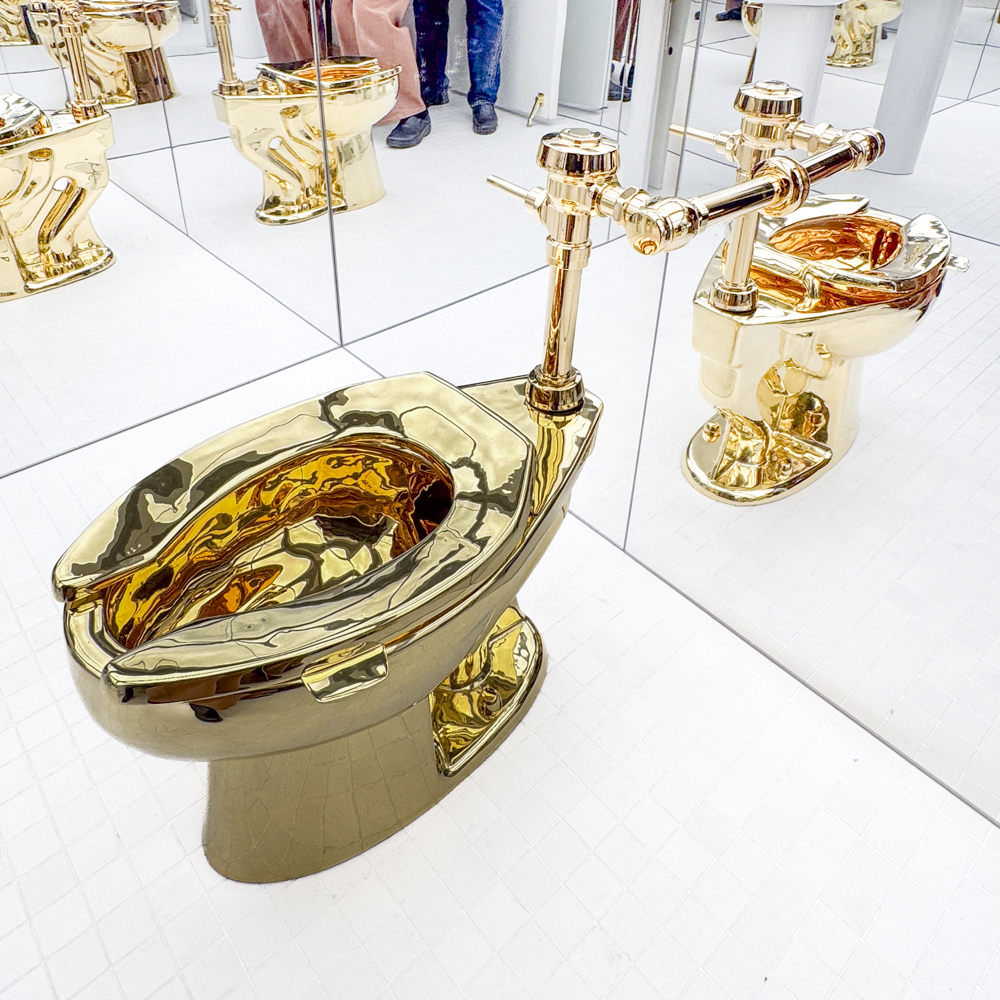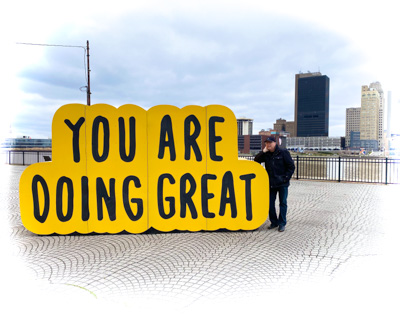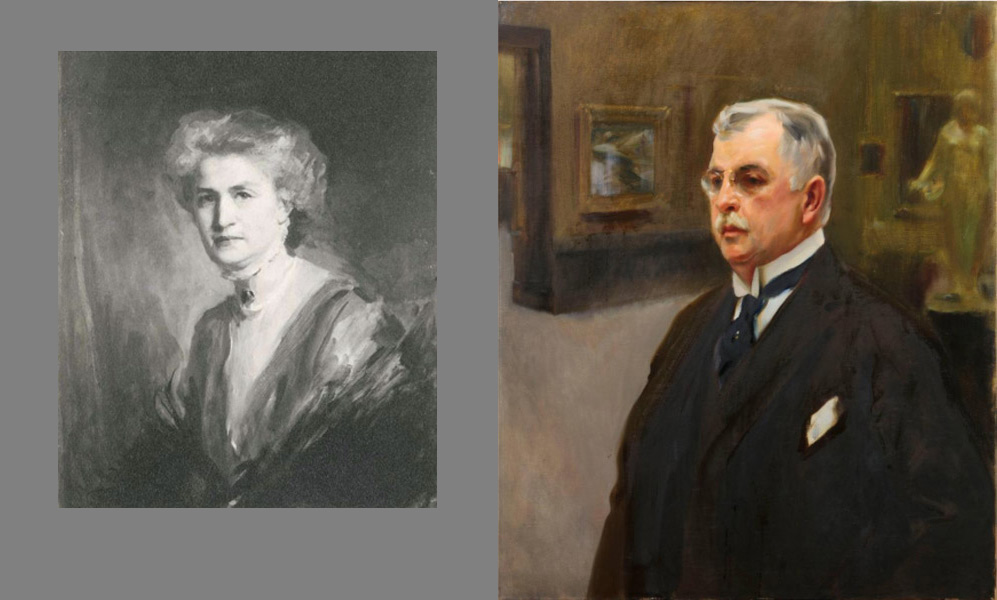Wow, that’s a lot of money!
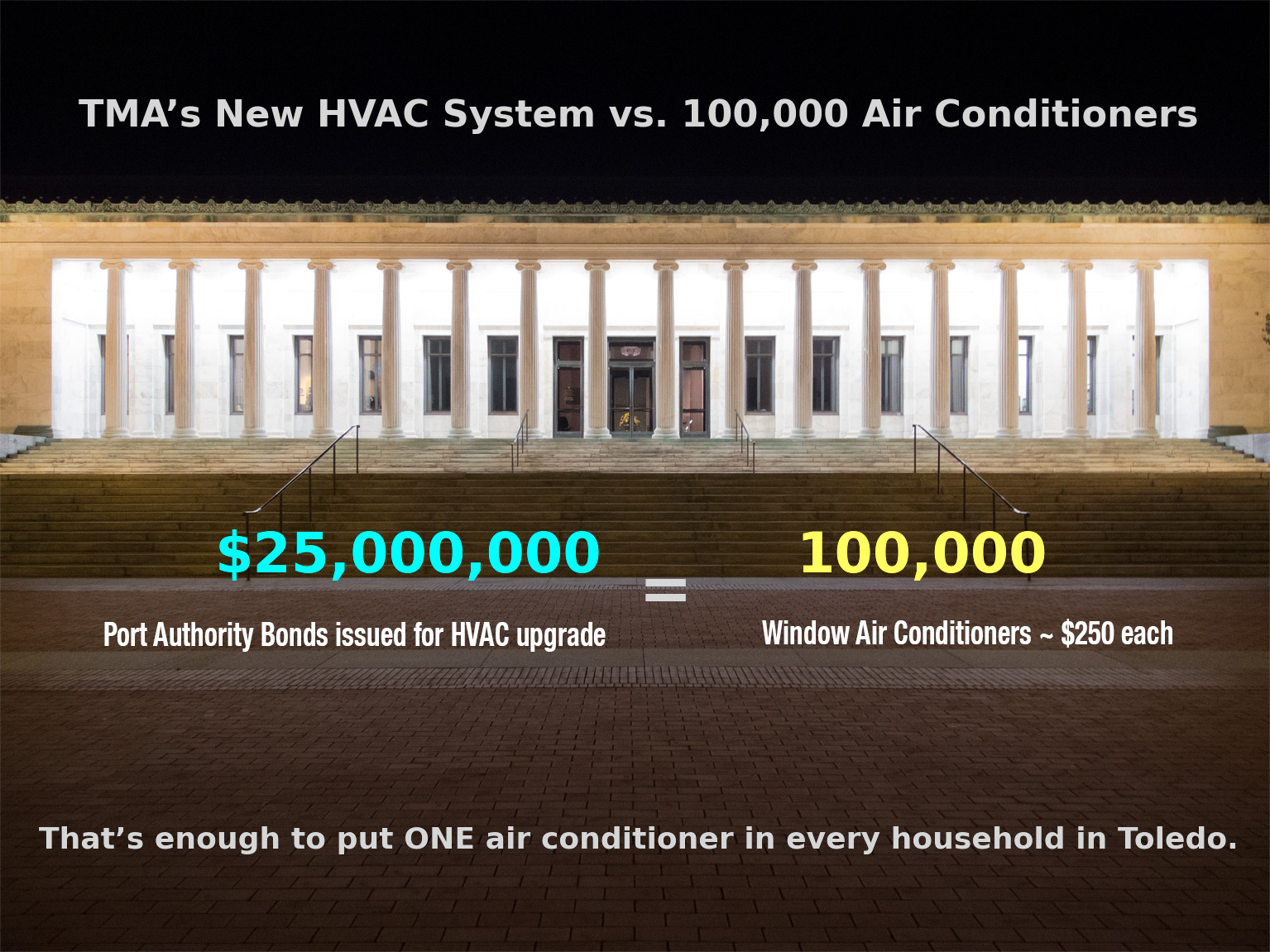
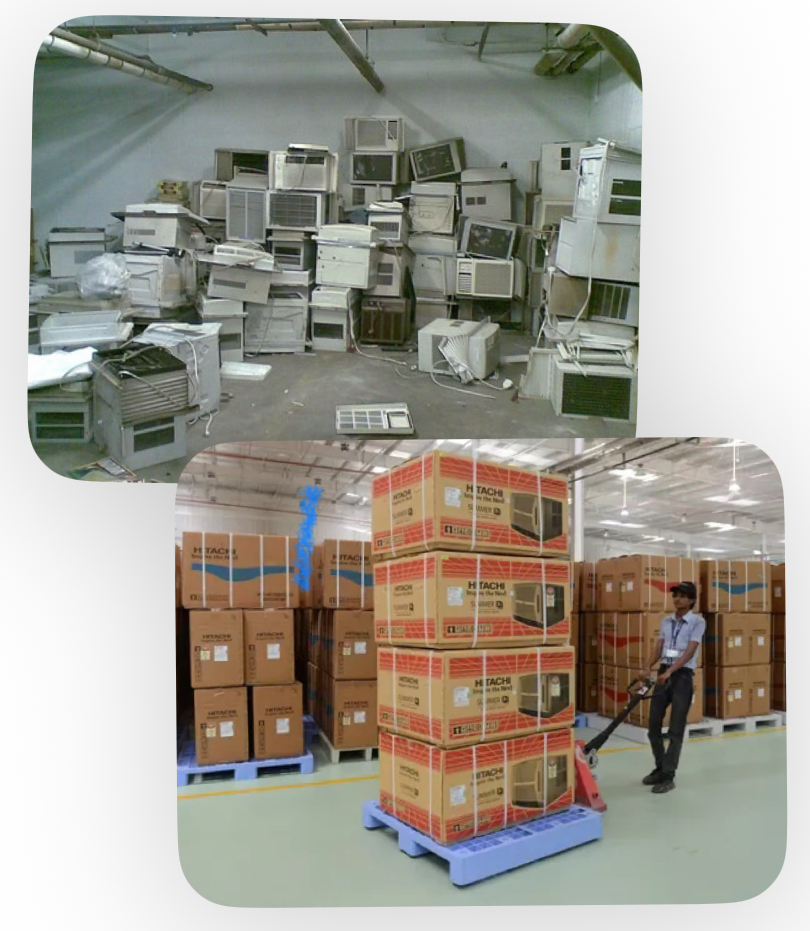
Toledo Museum of Art is spending enough money on their new HVAC system for every household in Toledo (about 100,000 households) to be able to throw out their old air conditioner and replace it with a brand a new one. That’s 100,000 new air conditioners!
They recently paid Air Force One $605,020 to replace the temperature controls on their HVAC system, but what’s another $25 million?
The museum needs to get their story straight.
Just a few weeks ago, “there was no universe where every gallery in the Toledo Museum of Art wasn’t going to have to close by 2027 because we had to replace the HVAC for the preservation of the artwork,” said TMA director Adam Levine in an interview with The Blade. (August 24, 2025)
Now, it’s about “preparing the museum for a future in which personalization is as expected in museums as it is in online shopping.” (October 13, 2025)
Edward Drummond Libbey’s art legacy of the museum has been torn down to the studs, to install an excessive power and data system, and a new HVAC system to cool the burning data, costing more than the building itself is worth. Will this quadruple the carbon footprint, when they ought to be doing the opposite? Why have they shipped off their collection of 57 Impressionist-20th century masterpieces to the other side of the world for years without transparency? So they can replace great paintings (that they can make money on) with digital art, and track visitors with “decision-grade data” right down to the seconds that they look at each little part of an artwork. They already know if you are a Republican, Democrat, or Independent. With their new power data system, they will know every detail about you, and send you push-notifications. And they’ll sell your data. This is what Toledoans have let happen to their jewel of a museum. Orwellian indeed! Congratulations, Toledo! You have been suckered royally by outsiders who have taken over the museum for their own benefit.
“The superpower that an art museum has is when something goes up on the wall, it’s considered good. We set the canon.” (Adam Levine, 2022) “Digital art is part of the canon we’re building.” (Adam Levine, 2025)
Over the past five years, Adam Levine raised the museum’s operating budget to 23 million from 15 million, sold a Cezanne, Renoir and Matisse for $60 million suddenly in 2022, promised that other Impressionist paintings would remain on view, (as he pulled their only other Cezanne painting from the Art Institute of Chicago’s Cezanne retrospective) then a year later removed the remaining Impressionist thru 20th Century paintings on the walls and shipped them away.
How are we supposed to believe anything Adam Levine says?
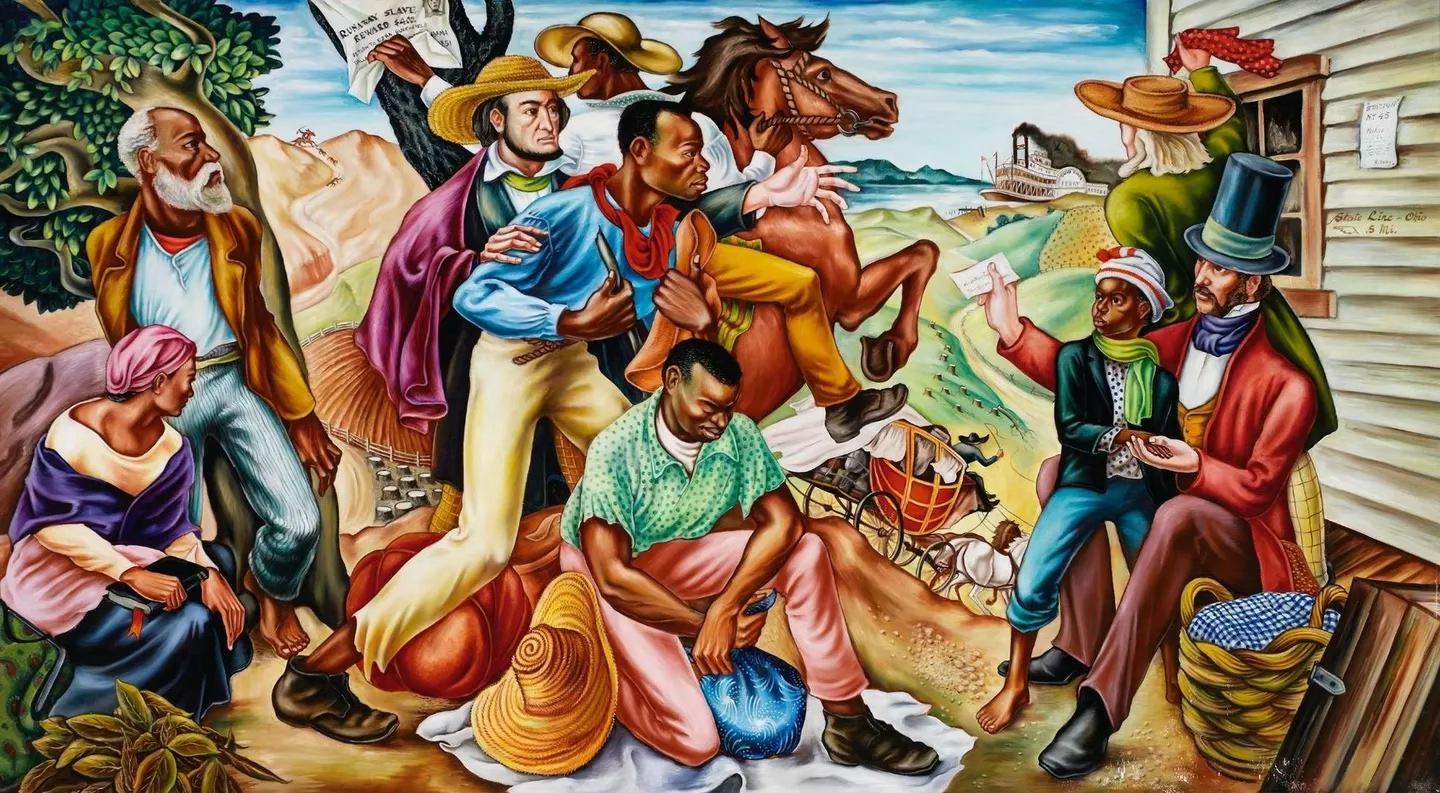
A question for Toledo Museum of Art: Why flush $5 million dollars down the toilet to buy a painting by an unknown artist to bail out an ultra-small southern college, (November 1, 2025) when you can put that towards the purchase of an 18-carat solid gold toilet by a world-renown artist, Maurizio Cattelan, that would look great in your over-the-top complete remodeling of our once-outstanding art museum before Adam Levine tore it to pieces? On auction November 18 at Sotheby’s. Is it time for a new director, like they just did at the Philadelphia Museum of Art? (November 4, 2025) She was reportedly fired for her rebranding and misappropriation of funds. Sounds familiar.